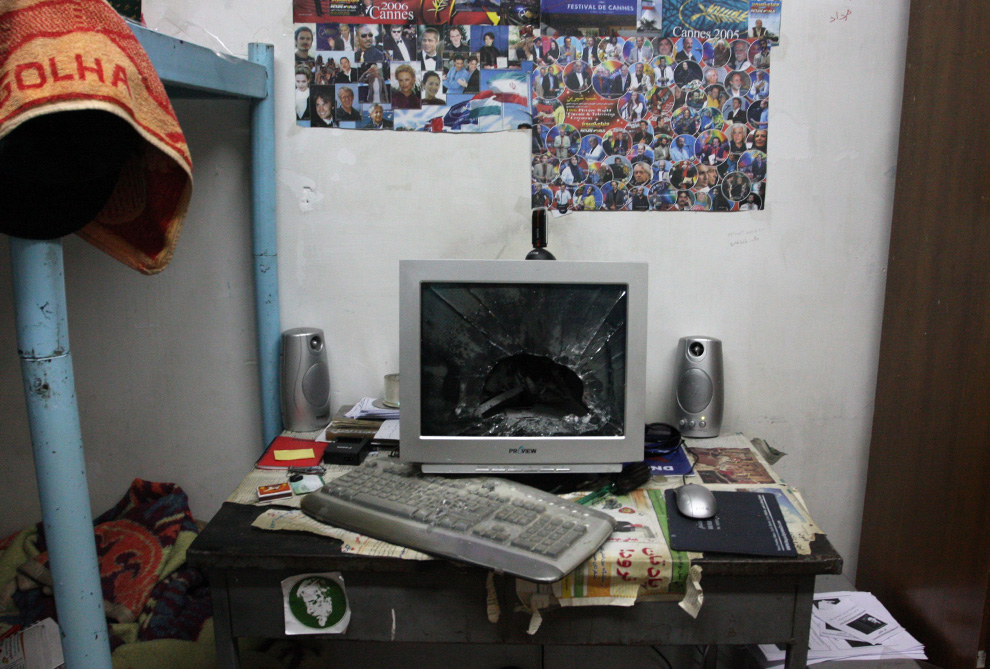
As protests — and violence — escalate in Tehran after last week’s dubious election returns, the world increasingly looks to social networking sites to ascertain what’s really going on in the streets. The revolution may not be televised, but — so far at least — it seems to be managing quite well with Twitter: “This is a country where you have tens of thousands of bloggers, and these bloggers have been in a situation where the Internet has been filtered since 2004. Anyone worth their salt knows how to find an open proxy [to get around government firewalls and filters], knows how to work around censorship…The Iranian government, by filtering the Internet for so long, has actually trained a cadre of people who really know who to get around censorship.“
Update: Over at Salon, Iranian-American journalist Hooman Majd (who’s making the rounds — I saw him on the Lehrer News Hour yesterday as well) argues that the role of social networking has been vastly overstated: “More people have access to the Internet in Iran than other Middle Eastern countries but often it’s dial-up, it’s slow, they don’t do it like we do all day long…The depiction of the Internet revolution isn’t quite accurate. We’re putting our own image onto Iran. Of course there are people Twittering from the demonstrations; they’re just not representative of the vast majority of Iranians. What was so heartwarming about this whole thing is that the Iranian people stood up in mass and said you can’t take this away from us.“
